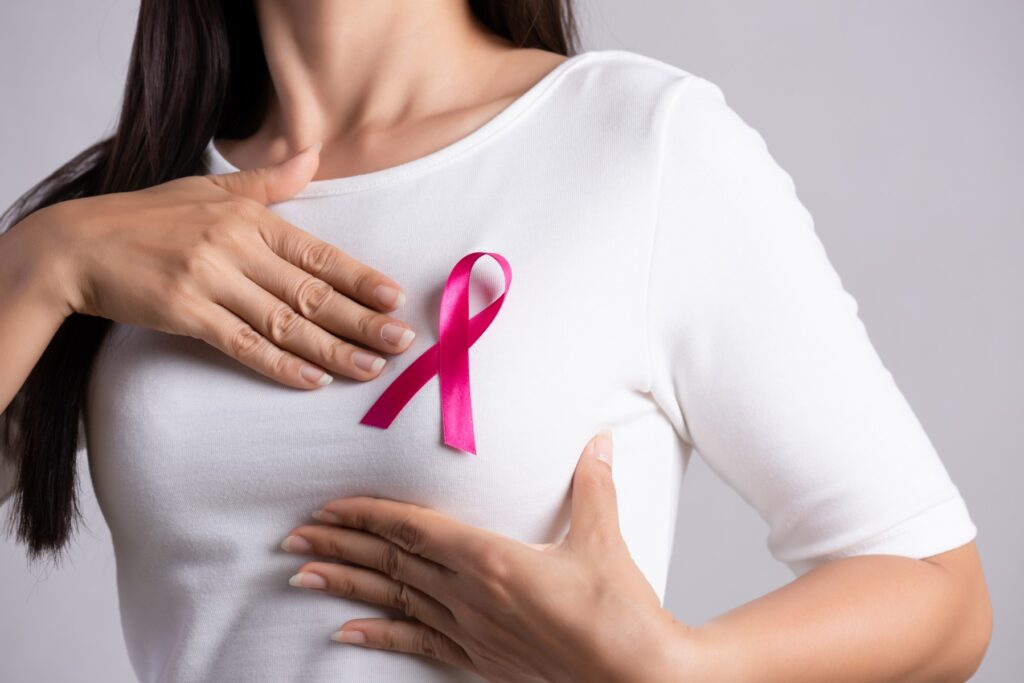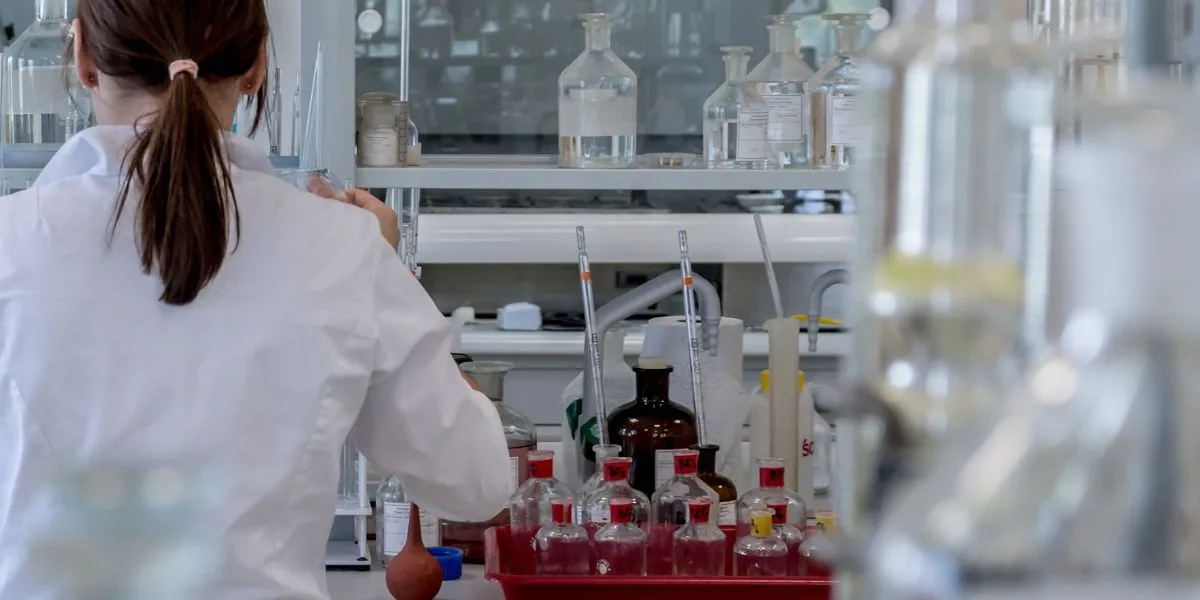Breast cancer is a strong opponent, but early identification can change treatment outcomes. Understanding early breast cancer indications empowers people to take charge of their health and seek urgent treatment. This compendium explores the subtle signs of breast cancer to help you spot it early and take action.
Understanding Breast Cancer
Breast cancer develops when abnormal breast cells grow uncontrollably into a tumour. Cancerous cells travel far and wide if left unchecked. Women are more affected, but men are occasionally caught in its web.
Counselling and Genetic Testing
Genetic mutations may raise breast cancer risk. Genetic testing and counselling may evaluate risk and suggest prevention or early action. To make educated judgments, discuss genetic testing’s pros and cons with a doctor.
Tests Diagnose
Diagnostic techniques like breast biopsy confirm or deny cancer cells. A biopsy takes a tiny breast tissue sample for microscopic examination. Diagnostic tests assist detect cancer stage and aggressiveness and guide therapy.
Help Networks
Table of Contents
Breast cancer may be emotionally draining, so a robust support system is crucial. Online and in-person support groups provide breast cancer patients peer support, information, and resources. Speaking to people who have gone through similar things may empower and soothe.
Strategies for Coping
Managing breast cancer’s emotional and physical effects demands resilience and adaptation. Mindfulness, relaxation, and expressive treatments may reduce stress and improve well-being. Prioritise self-compassion and professional help as required.
Survivorship and Aftercare
After treatment, survivorship starts, but continuous follow-up care is needed to detect and manage recurrence and long-term adverse effects. Follow-up sessions usually include physical exams, imaging scans, and personalised survivorship care plans.
Understanding Your Baseline
To spot changes, one must learn their breasts’ quirks. Periodically self-examine your breasts to learn their measurements, shapes, and textures. Any deviations from this norm warrant additional investigation.
Breast Change
The breast’s ocular appearance can indicate malignancy. Watch for size, contour, silhouette changes, dimples, puckers, and erythematous discolorations.
Uncomfortable Breasts
Despite not being breast cancer, chronic breast or axillary pain should be taken seriously. Medical attention should be sought if such discomforts persist.
Nipple Transformation
Changes in nipple shape or tactile feeling may indicate breast cancer. Watch for periareolar epidermis inversion, exudation, or desquamation.
Epidermal Changes
Breast erythematous colours, squamose eruptions, or skin induration need additional investigation. Be vigilant for such cutaneous irregularities and seek professional advice if concerned.
Lump or nodule
A nodule or induration in the breast or axilla is a classic breast cancer precursor. Not all protuberances are cancerous, but individuals should consult a doctor about any unusual bumps.
Breast or Axilla Edema
Edema or hypertrophy of the breast or axillary fossa without a known cause needs further study. Edematous alterations may indicate hidden breast cancer.
Unusual Body Decline
The mysterious loss of body mass, especially when associated with other breast cancer prodromes, requires professional evaluation.
Lassitude
Laziness is a common symptom, but its persistence without explanation may indicate a pathophysiological condition, such as breast cancer. Consult a doctor if lethargy hinders daily activities.
Conclusion
Breast cancer patients face the sword of Damocles: early detection. Understanding early indications and symptoms can lead to early diagnosis and treatment. Remember that knowledge rules the health labyrinth.
FAQs
What are the top breast cancer early indicators?
Breast appearance changes, nipple morphological changes, nodules or indurations, and unexplainable tumefaction are the main signs of breast cancer.
Could breast pain indicate cancer?
While not breast cancer, chronic breast or axillary discomfort requires medical attention.
How often should breasts be self-examined?
Self-examination should be done monthly, preferably post-menstrually, when breasts are less likely to distend.
What should be done with a breast lump?
If a lump or other abnormalities are found in the mammary gland, a clinical breast examination and imaging tests like mammography or ultrasonography are recommended.
Can breast cancer kill men?
Men are nonetheless susceptible to breast cancer, though less so. Everyone, regardless of gender, should be aware of breast cancer’s mild symptoms.
Staying aware and proactive improves breast health and increases the likelihood of early breast cancer discovery, when treatment measures are most effective. Seek immediate medical advice if breast issues occur. In breast cancer, early detection is the key to success.



